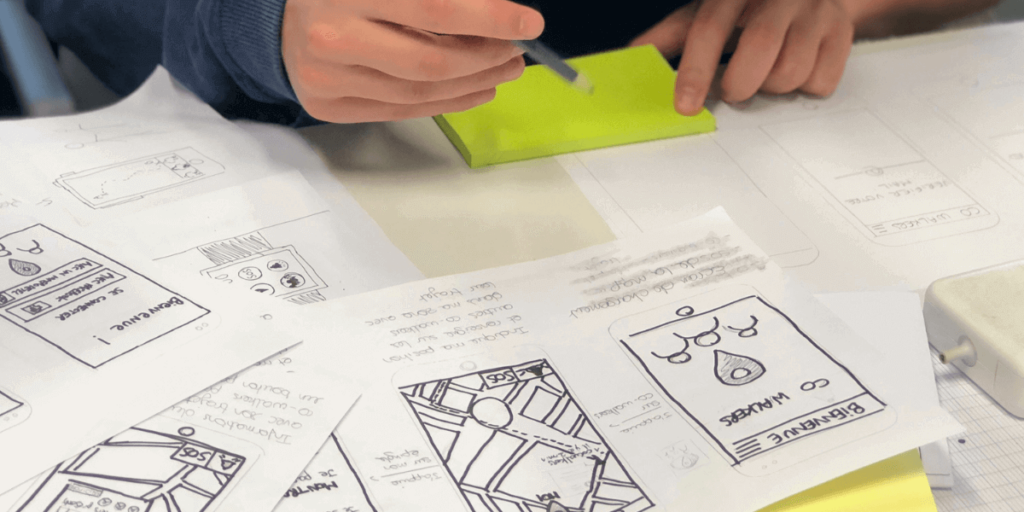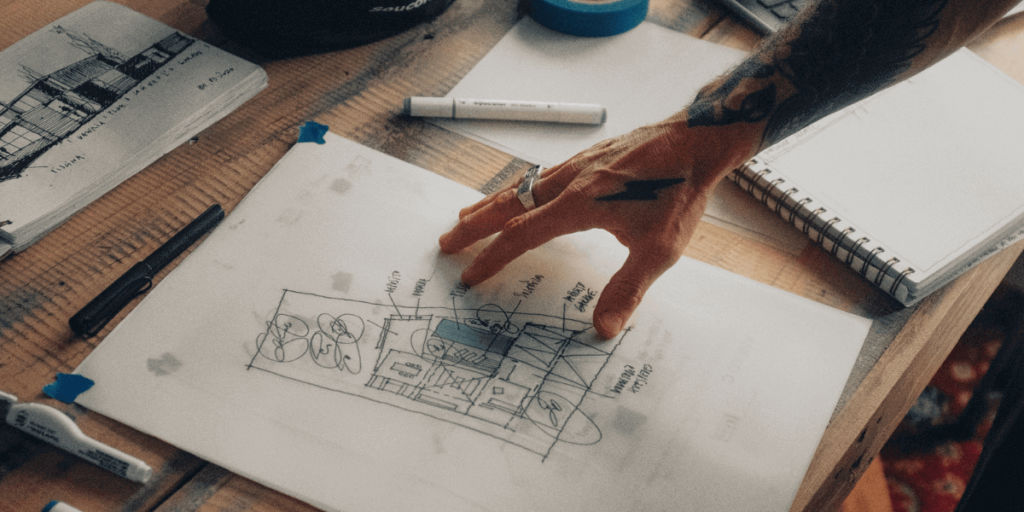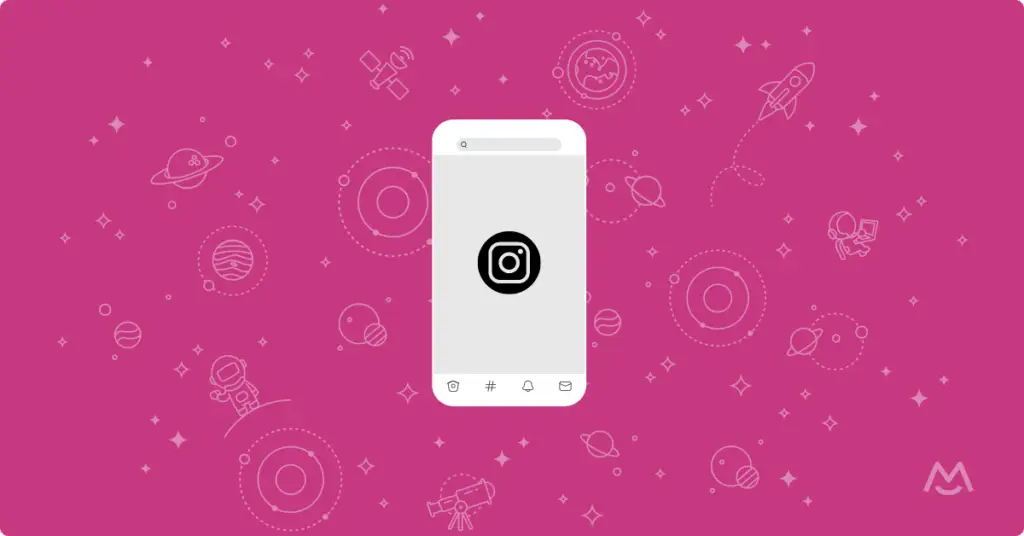Not having a functional prototype is a common mistake made by many entrepreneurs. Granted, a prototype takes time and money to design and produce. However, without one, it’s easy to go down the wrong path and ultimately waste more resources in the overall development process.
Wondering how to make a prototype? Then you’re in the right place! At MemberSpace, we believe in keeping everything simple. So don’t panic – there’s no need to be technically minded to build a great prototype. In this handy guide, we’ll help you define precisely what a prototype is, why you need one, and guide you through the four easy steps of how to make a prototype of your own.
Table of contents:
- What is a Prototype?
- Real-world Vs. Digital Prototypes
- 10 Reasons to Make a Prototype
- 3 Things to Consider Before Making Your Prototype
- How to Make a Prototype is 4 Easy Steps
- Top Tips on How to Make a Prototype
What is a Prototype?

A prototype is a functional, yet not necessarily final, version of your product or service. It is an example of what you intend to take to market in a form that stakeholders and potential customers can interact with.
Prototyping is an essential first step on your journey to market. It is here that you can identify and overcome obstacles and challenges that may not have come to light until much later in the process otherwise. A few bumps in the road are to be expected on any entrepreneurial journey, and it’s much better (and significantly more cost-effective) to uncover pitfalls and problems early on than wait until after you launch.
Real-world Vs. Digital Prototypes

When you’re building a membership site or other online business, it’s easy to think that making a prototype may not be relevant to you. After all, you’re not selling a physical product that people can see and feel. However, it’s arguable that intangible products like software, consultancy, design, or education services need a prototype even more than physical products. Otherwise, it’s almost impossible to showcase the most beneficial elements of your service or demonstrate what a real-world customer experience (UX) would be like.
10 Reasons to Make a Prototype

Developing a prototype is an exciting process that allows you to tap into all your creative resources and propel your ideas forward. But that’s not the only positive. There are several other reasons why making a prototype is a good idea. Key benefits include:
- Being taken more seriously – When you can show investors, stakeholders, and prospective clients how your services will work in practice, it makes you look more professional and separates you from your competition. Your product will instantly become a reality in their minds, rather than just a good idea.
- Acquiring market research – When you present people with a visual prototype, their reactions and feedback provide actionable information about your target audience.
- Refining functionality – Thinking your idea will work in theory and proving it in practice are two entirely different things. The truth is, you’ll never know how well it works until you make a prototype.
- Testing user experience – Until you have a working mockup, it’s impossible to see how intuitive your system is and what the user experience (UX) is like.
- Assuring quality – By testing your prototype, you can identify flaws and correct them before you roll out your launch.
- Predicting costs more accurately – Making a working prototype helps you predict the amount of labor and time needed to bring your design up to a full-scale working product.
- Finding efficiencies – By taking a closer look at your processes, you can pinpoint areas where you can make savings. For example, by consolidating labor, software, and design costs or using alternative design tools.
- Resolving design conflicts – Prototyping shows you which features work best and which need more work, helping resolve any disagreements between stakeholders about the design of your product.
- Simplifying your product description – Having a functioning model will help you better describe your unique selling proposition (USP) in your marketing materials.
- Sparking creativity – Working on your prototype may spark additional business ideas for connected products and services you can provide in the future.
3 Things to Consider Before Making Your Prototype

It’s important to remember that prototypes don’t need to be – nor should they be – an exact replica of the finished product. The precise form your prototype takes will depend on your budget and goals. The three primary things to consider before making your prototype are:
Cost – Making your own prototype will be more cost-effective than outsourcing to a professional company, although the end result may lack impact. There are several software systems on the market should you choose to have a go yourself (more on that in the next section!).
Audience – If you’re in the early stages of design and simply looking to collect feedback from friends, family, and coworkers, your prototype needn’t be complex. However, if you plan to show it to investors, it should be a close-to-perfect version to get the best results.
Where you are in the design process – If you think there may be many more adjustments to come, it might not be the right time to invest in a prototype just yet. It’s usually better to wait until you have all the feedback you need to develop as advanced a version as possible.
How to Make a Prototype in 4 Easy Steps

Having firmly established the need for a prototype, it’s time to answer the next big question: how to make a prototype. As we explained earlier, you don’t necessarily need to be technically minded, as plenty of help is available. These are the steps to work through:
1. Analysis
Before you even begin designing your prototype, it’s important to analyze existing competitor products. Unless you have come up with a completely novel concept, there will inevitably be some crossover between your idea and other existing products on the market. You don’t want to risk legal action if your product is too similar, even if the resemblance was accidental. Plus, you want your product to be better than those already available. So taking the time to dig into the coding, scrutinize the user experience, and assess the functionality, aesthetics, and overall quality of competitor products is essential in refining your own design.
2. Draft Design
You don’t have to be a tech wizard to get the essentials of your product onto a piece of paper or computer screen. Start by writing or typing a list of all of the key ideas and themes of your product, then sketch it out on paper. While this isn’t as straightforward for online services as with physical products, you can easily map out a flow chart of processes and touchpoints that users will work through. This will help you determine which features are necessary and which are not. If you’re not 100% sure of your budget yet, separating features into ‘must have’ and ‘nice to have’ categories is a good way to start. You can always revisit this later in the development process once you have a clearer picture of scope.
3. Digitize Your Product
When it comes to getting a working, interactive version of your product, you’ll either need to invest in some digital modeling software or hire a professional. If you decide to have a go yourself, programs like InVision, Figma, and Proto.io help you quickly create prototypes for web or mobile applications. If you decide to hire a professional, be sure to check their experience and ask for samples of their previous work. It’s also a good idea to have a contract that covers their hourly or project rate, including the scope for revisions and changes. Going over your budget at this point could have serious implications for your launch, so it’s vital that both parties have a firm understanding of expectations.
4. Protect Your Idea
Everyone wants to trust those around them, but it’s a good practice to be cautious about how many people you show your product design and prototype to. The last thing you want is for someone to steal your idea and capitalize on all of your hard work and effort. Even if the team you hire is well versed in how to make a prototype and has significant experience, non-disclosure agreements are recommended for all collaborators. You should also look into getting a patent. Hiring an intellectual property lawyer (also referred to as a patent attorney) will ensure you have all the relevant advice and help you need to protect your product, secure your patent, and abide by the applicable regulations as you proceed to the launch phase.
Top Tips on How to Make a Prototype

We’ll leave you with these top tips on how to design and create the best prototype for your product that will guarantee the most successful launch.
- Take your time – taking your brainchild to market is exciting, but it’s important not to jump the gun. Be diligent in your research and design, and only roll out when your product is as close to perfect as possible.
- Test, test, test! – Run your prototype through as many different UX scenarios as possible to cover all of the ‘what if’ questions. Only then can you make the necessary adjustments so your end-users enjoy the best possible experience.
- Take feedback onboard – You can’t launch the best product without gathering in-depth feedback first. Sometimes that means hearing things you’d rather not, but that’s all part of the process. Don’t be scared of asking direct questions like:
- Would you use this?
- Do you like it?
- Do you see a need for it?
- Would you recommend it to a friend?
- What would you change?
- What are the flaws?
Knowing how to make a prototype is an essential step in getting started on your entrepreneurial journey. No matter your business, MemberSpace’s team of experts and flexible membership software will provide you with the tools and help needed to transform your prototype into a sustainable online business.



